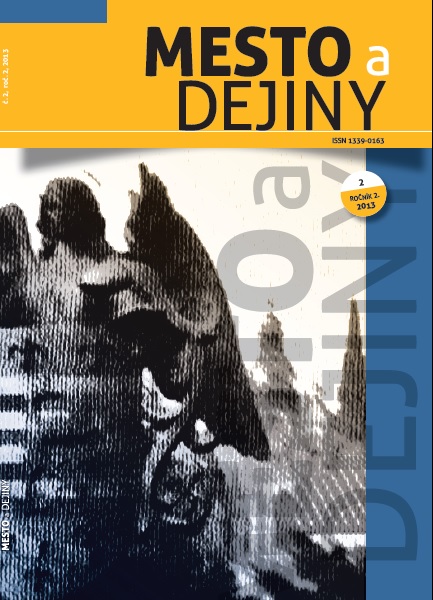Konštantínopol a správny systém rímskeho impéria v 4. storočí
Constantinople and the administrative system in the Roman Empire in the 4th century
Author(s): Marta SendekováSubject(s): Politics / Political Sciences, Politics, History, Civil Society, Governance, Public Administration, Public Law, Local History / Microhistory, Political history, Social history, Ancient World, Geopolitics
Published by: Univerzita Pavla Jozefa Šafárika v Košiciach
Keywords: Constantinople; Roman Empire; 4th century; Reform of central and peripheral administration;
Summary/Abstract: Constantinople and the administrative system in the Roman Empire in the 4th century. The new administrative organisation of the Roman Empire stabilized in the course of the 4th century due to the reform activities already initiated by Diocletian and the consolidation of reforms of Emperor Constantine. The foundation of Constantinople inspired a burgeoning intricate bureaucratic system comprising central and local authorities. Some public authorities got strengthened and some were created such as praepositus sacri cubiculi. The outlined pattern of the new political administration of the Empire was managed by a great number of officials, and bureaucracy dominated in the public organisation. The model of this bureaucratic state included new, or more precisely, modernized institutional authorities encompassing the concentration of his political power. Centralized control of state authorities was creating a new model of political power, being characteristic of the absolute monarchy of the Oriental type.
Journal: The City and History (Mesto a dejiny until 2019)
- Issue Year: 2/2013
- Issue No: 2
- Page Range: 6-16
- Page Count: 11
- Language: Slovak

